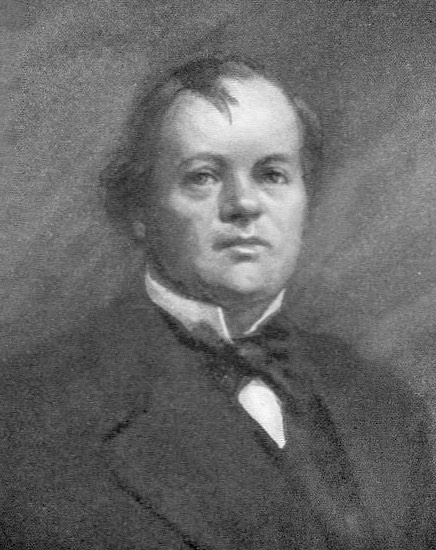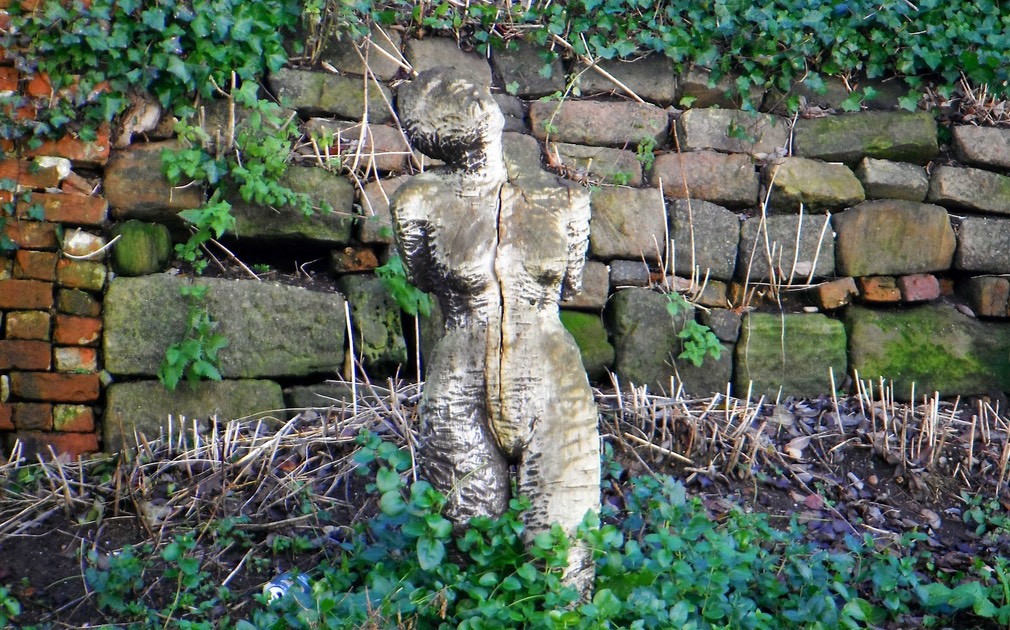Mark went home after lunch today so we did not move but got ready for the heavy rain forecast for Tuesday when again we planned to stay just where we were, and rain it did. In buckets. We still managed to get some jobs jobbed so it was at least a reasonably productive day.
The first move of the week was on Wednesday when we left the Coventry Canal and went onto the Trent and Mersey Canal travelling north west. The first actions of the day were to first go through a swing bridge and then rise up the last three locks of the Fradley flight of six. The entire flight rises 40’-10” with the last three rising 20’-4”. I have included, below, a “slow TV” film of the journey from just after leaving the mooring to leaving the second lock. If you are daft enough to watch it in it’s entirety you will realise what a frenetic life we lead😊😊.
Our total journey on Wednesday was 7 miles and we were lucky enough to get the last available mooring close to Rugeley town centre with Morrison and Tesco just 5 minutes stroll away and a launderette just 10 minutes easy walk away, so Thursday was spent shopping and doing laundry.
Rugeley’s is noted in guide books for two reasons, the first that it was home to the notorious victorian poisoner William Palmer.
It was estimated that 30,000 people gathered outside Stafford Prison on 14 June 1856 to witness William Palmer hang. His had been the trial of the century, a case so notorious that, to avoid a prejudiced jury, the trial was moved from its local jurisdiction to the Old Bailey in London by a special act of Parliament, which, of course, only served to increase interest.

William Palmer
Palmer had returned to his native Rugeley in Staffordshire after training to become a doctor, married local woman, Ann, and seemed destined for the quiet life of an English country doctor. Within a few years an addiction to betting on horse racing led him to effectively abandon his practice. He fell deeply into debt and then his closest relatives started dying.
First was his mother-in-law, in Palmer’s home in 1849. Palmer’s wife inherited a trust but upon her death the trust would revert to the mother-in-law’s family and not pass to Palmer, who took out three life insurance policies on his wife totalling £13,000. Ann Palmer died in September 1854. In January of the following year, Palmer insured his brother Walter, again for £13,000. Walter died August 1855. The insurance companies refused to pay out on Walter and assigned a private detective to the case.
Palmer’s now desperate financial state led to another alleged murder. In November his associate and betting partner John Parsons Cook won a handsome sum, then grew strangely ill. Palmer collected the winnings, and after several days of his ministrations, Cook died.
Alfred Swaine Taylor (1806–1880),known as the father of english toxicology became involved when an inquest was called into Cook’s suspicious death, the stomach contents and viscera were sent to Taylor at Guy’s Hospital in London for chemical analysis.
Taylor, at the height of his career became the star witness in the case, ensuring Palmer’s conviction.
Ironically, it was not chemical analysis that sealed Palmer’s fate. Taylor told the court that the spasms Cook displayed in his paroxysms of death could occur only in cases of tetanus and strychnine poisoning. Tetanus was ruled out, Taylor deduced poison.
Even after his conviction Palmer never confessed to the crime. He went to the gallows saying, “I am innocent of poisoning Cook by strychnine,” an enigmatic denial that, paired with ambiguous forensic evidence, has created an enduring mystery.
Also closely linked to Rugeley is the rape and murder of Christina Collins.
This second story is that on 15 June 1839 37 year old Christina began a journey on a narrowboat from Liverpool to London to join her husband Robert, who was working there.
During the Victorian age, movement by canal was generally the quickest and most cost effective way to move around Britain, with many boats being used for transport of both goods and people. One group that used the canal for transport was Pickford’s moving company. Christina Collins had booked passage with NB The Staffordshire Knot, skippered by James Owens and chartered to Pickfords.
Owens and his friend William Ellis had worked together for some years, both men having worked on the inland waterways for most of their lives. The other crew members were George Thomas and a 12-year-old cabin boy Isaac Musson. They loaded cargo at Preston, and taking Christina as their only passenger they set out for London. The crew had a reputation for violent and drunken behaviour that Christina was apparently unaware of when she booked passage.
Christina tried to settle down amongst the cargo-filled boat, where the crew, still drunk from the previous night appalled her with their bad language and drunken behaviour. When the boat stopped at Stoke-on-Trent she complained to Pickford’s Office about the crew and the inappropriate behaviour by Owens. She requested transfer to another vessel but this was denied and Christina returned to face the crew of The Staffordshire Knot. The barge again stopped at Stone, where Christina again complained to a clerk, who whilst aware of Owen’s reputation was unable or unwilling to assist and instead urged her to report matters to Pickford’s upon her arrival in London.
The next morning the narrowboat stopped once again near Rugeley, where Isaac, the 12-year-old Cabin boy was asked to take the horses pulling the boat and its cargo further down the canal so the crew could deal with the lock gates. The crew had drunk huge amounts of alcohol the night before and it quickly became clear to Collins just what Owens’ intentions actually were.
It was around this time that the lock keeper reported to have been disturbed by a woman’s screams. Investigating, he saw Owens and his crew throwing a young woman into the boats cabin, but any alarm was settled when Owens assured him that the screams had been from a drunken woman travelling down the canal with her husband, and that he too had been alarmed by the screams.
It was now that cabin boy Isaac returned to the boat was was told by the other crew members that Christina had disappeared, and that they had searched but were unable to find her. The same day Isaac, concerned as to Christina’s whereabouts, reported what had happened to the lock keeper and ran from the boat. On loosing their cabin boy the remaining crew also abandoned the boat.
Putting together what he thought had happened, the lock keeper reported Owens and his crew to the police, who searched the boat and discovered a female bonnet and shoes.
A search of the canal, sweeping sections at a time, was organised and Christina’s body was found wrapped in chain. A horrified local dragged her body up the steps from the canal to the Talbot Inn, where surgeons concluded that Christina had been murdered, but only after “ . . . the capital offence of violation had been committed, apparently with great barbarity . . .”. Legend states that her body bled during its transportation up the steps, and her blood sank into the steps. and that that despite being replaced several times, the steps will ooze blood upon cold dark moonlit nights.
The hunt for The Staffordshire Knot crew began upon the surgeon’s conclusion of murder and violent rape, William Ellis was first to be apprehended near his home in Brinklow and at first denied that murder had occurred claiming that Collins had simply fallen overboard. He was taken into custody, and later disclosed that George Thomas had a ” . . . hidey hole . . . ” he used by his mother’s cottage. The police found him in a small chamber cut into the wall at the rear of the property. James Owen was finally captured after being caught in early 1840 when he attempted to visit his wife in Brinklow. All three men were held in Stafford Gaol for their trial in April 1840.
A key witness at the trail of the three men was Joseph Barnsley, who had made and marked the chain wrapped around Mrs Collins on the night of her death. He knew, thanks to his personal mark, that the chain had been sold to Pickford’s and would thus have to come from The Staffordshire Knot itself. Following the trial James Owens, William Ellis and George Thomas were found guilty of the rape and murder of Christina Collins. Owens and Thomas were hanged in Stafford while a crowd of around 10,000 watched. Ellis was transported to Australia for life. The cabin body Isaac was cleared and released.
Christina Collins was buried in St Augustine’s Churchyard. Her gravestone still serves as a memory of her murder, and is engraved with the following message…
“To the memory of Christina Collins, Wife of Robert Collins, London, who, having Been Barbarously treated was found dead in the Canal in this parish on June 17th 1839, age 37yrs. This stone is erected by some individuals of the parish of Rugeley in communication of the end of the unhappy woman”.
I have found pictures on t’interweb of a statue in Stone, Staffs that has no plaque to explain its existence but THIS WEB SITE talks authoritatively as to its meaning.

Friday and we were on the move again but not until we had wandered up to Morrison to take advantage of their half price breakfast offer - three rashers of bacon, two sausages, hash brown, grilled tomato. grilled mushrooms, beans and buttered toast all for just £2.85. It would have been rude not to have taken advantage of that offer 😁.
We got underway at 10.00 am and just 2 miles later we saw a one boat length of armco with great views all round and decided to stop for a couple of days - well we had been going for all of an hour and 10 minutes.
I finally got round to starting a job I have been putting off ever since we bought the boat, scraping any rust from the base plate in the engine bay treating with chemical rust convertor and then repainting. It is actually a large space divided into three areas by the engine which makes access a nightmare. What is needed is a very small contortionist but I managed to get the port side scraped clean of all loose rust scale using a multi-tool with a chisel blade, prepared ready for rust treatment tomorrow, when I will no doubt be suffering from todays exertions.
Lots of aches and pains in these old muscles and joints this morning but being the hero that I am I climbed back into the engine bay, gave the prepared area a thorough vacuuming and coated all that I had prepared with a good soaking of Firtan Rust Convertor. I had hoped to get two coats of bilge paint on the area ready to receive it today (Sunday) and did indeed get the first done immediately after breakfast and with luck had hoped to get another on before it got dark and damp in the afternoon - yes, I know the technical data sheet says time between coats 16 hours - and on this occasion the data sheet won as I didn’t get the second coat done.